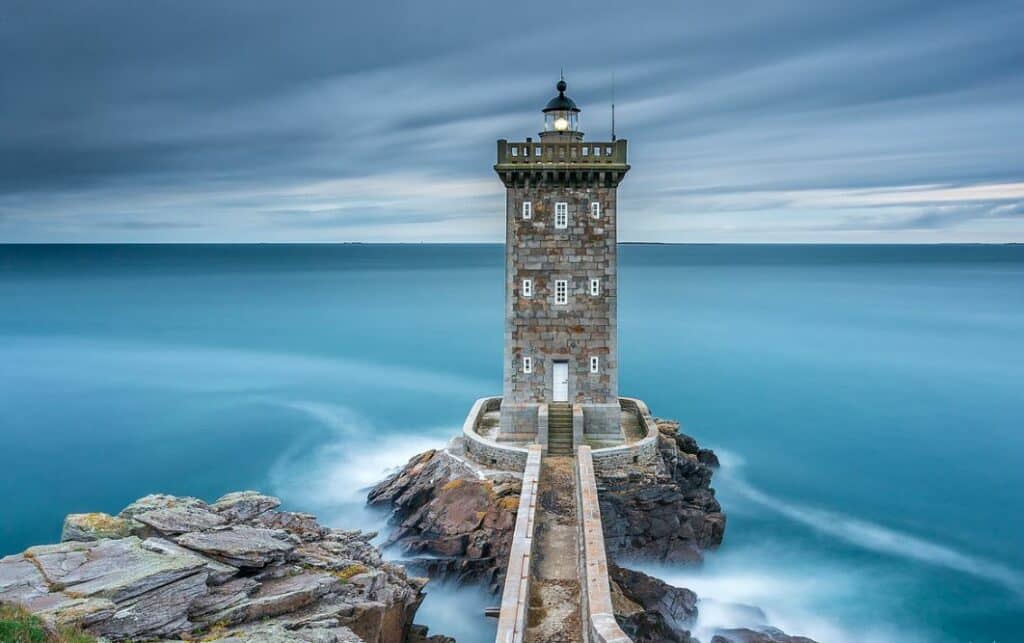“Essential Filters Every Landscape Photographer Dreams Of”
We’re going to talk about the 10 Best Filters for Landscape Photography that every shooter should have today. You will not only be able to make effects that look like the ones you want, but they will also look even better. Get ready for a fun trip now that you have your camera. Come with me as we learn about important filters.
To get the best shots of beautiful places, you should use filters. These rules are important to know whether you’ve played the game before or not. Taking pictures of scenery is more fun than ever. If you have the right filters, your pictures will look much better.
When the sun goes down and everything turns black is another great time to take shots. The beautiful world at night can be captured through the interesting art form of “night photography,” which includes pictures of both the bright city escapes below and the bright stars above.
Read More: Top 10 Landscape Photography Locations Around the World
10 Best Filters for Landscape Photography
You can take more precise and beautiful pictures of nature with these ten key effects. This gives you a hugely increased number of creative options. These filters are a great place to start if you want to improve your landscape photos. This is always the case, no matter how good you are behind the camera.When taking pictures of scenery, having the right set of filters can make all the difference in getting pictures that are stunning and interesting. For landscape photos, these are the 10 filters you need to have. Lets look at Best Filters for Landscape Photography.
1. Circular Polarizer

You need a polarizing filter for landscape shots because it cuts down on reflections and glare. This makes the colors jump out more and the sky look brighter. Whether I’m taking pictures of plants or scenery with water, a polarizing filter helps me get scenes with more detail and contrast. It can also help darken the sky, which makes my pictures more dramatic. People who take pictures of landscapes and want their pictures to stand out must have a polarizing screen and best filters for landscape photography.
This is the best Circular Polarizer check its price on Amazon.
2. Neutral Density Filters (ND)

These are called ND filters, which stands for “neutral density filters.” The camera will get less light if an ND filter is used. This lets shooters use a room with more light to take pictures. They can still use slower camera speeds and wider apertures in this case. This works great for moving things that need a longer exposure time, like rivers and falls. They look great because they need more light and makes photos elegant and attractive using these best filters for landscape photography improves quality of photos.
3. Graduated Neutral Density Filters (GND)

Many of the features of ND filters and GND filters are the same. The main difference between them is that GND is the best filters for landscape photography, filters have a transition that goes gradually from opaque to clear. This method makes it easier to get an exposure that is balanced between the sky and the middle of the scene. This is very helpful for taking pictures of the morning and sunset.
4. Reverse Graduated Neutral Density Filters (R-GND)

Sometimes the sky and the rest of the scene are very different from each other. A graduated neutral density filter can help keep the brightness even. This filter lets me change the brightness of the subject without changing the brightness of the sky. No matter what time of day I take the picture, the GND filter makes the scene’s colors and blacks stand out.
5. UV Filter

Mostly, a UV filter is used to keep the lens safe. But it can also make a picture better by reducing haze and other noise from the air, especially in scenes that are far away. My lens always has a UV screen on it to keep it clean and free of dust, water, and rough spots and this best filters for landscape photography. This helps my shots stay clear. Damage that might happen by accident can also be stopped by a UV screen. This gives me peace of mind when I’m shooting outside in rough conditions.
6. Skylight Filter

A soft focus filter can be useful for making dreamy, soft effects in landscape photos. This filter lessens the contrast and sharpness of the image, giving it a soft, blurred look that makes the scene’s mood and atmosphere better. A soft focus filter gives my pictures a romantic and artistic touch, whether I’m taking pictures of snowy mountains or calm lakes. It makes people want to get lost in the peaceful beauty of nature.
7. Star Filter

Adding a bit of magic to cityscapes or landscapes at night, a star filter can make bright starburst effects around light sources. There are etched lines in this filter’s pattern that bend light and make point sources like lamps or stars sparkle in the picture. A star filter gives my pictures a whimsical, enchanting quality that takes them from ordinary to special, no matter if I’m taking pictures of a city skyline or a night sky full of stars.
8. Night Filter

Night Screen Night filters lower the amount of light that hits the sensor of the camera. This means that longer exposure times can be used to take pictures even when there isn’t much light. This is great for taking pictures of the stars at midnight or of people walking around at night in cities.
9. Colour Filters

Colour graduated filters give landscape shooters a lot of options for how to make their pictures more creative and moody. These filters come in different colours, like blue, orange, and red, so you can make a sunset look warmer or add drama to the sky with bright colours. By adding colour to only certain parts of the frame, you can evoke feelings and show how the scene makes you feel, giving your photos more depth and visual interest.
10. Infrared Filter

Going into the world of infrared photography gives landscape photographers a lot of new ways to be artistic. The infrared filter stops visible light but lets infrared light through. This makes images that look strange and ethereal, with their own tones and textures. The infrared filter lets your imagination run wild and lets you catch scenes that aren’t in this world. It can be magical forests bathed in infrared light or haunting landscapes devoid of color.
Bonus: Soft Focus Filters
People who take pictures of landscapes love to use soft focus lenses to make their pictures look dreamy and pretty. By adding these filters to your photos, you can give them a soft blur or diffusion effect that softens out sharp edges and makes them look old. With a soft focus lens, you can make pictures of a misty forest or a calm lake look a little more magical and fun.
Read More: 10 Best Photography Blogs to Follow for Inspiration
Verdict
Finally, the ten important filters we talked about in this piece are must-haves for landscape photographers who want to get better at their craft and take beautiful pictures. These filters give you a huge range of options for making photos that stand out and are easy to remember. You can change the light and brightness, add creative effects, and boost colors. These are the best filters for landscape photography.
Getting a variety of filters can make your nature photography experience much better, no matter how experienced you are or how new you are to the hobby. That being said, get these important filters and let your imagination run wild in the world of landscape photography. Please share this piece with other photographers you know on Facebook and X(Twitter) so they can learn about the best filters they need for landscape photography.
FAQs
Can I use these filters with my smartphone camera?
The photography capabilities of smartphones do, in fact, support a wide variety of filters. You can get magnetic or clip-on filters that have been made specifically for the lenses of smartphones. Before making a purchase, you should make sure that the product is compatible with your device.
Are these filters compatible with all camera brands and lens sizes?
The vast majority of filters are available in a variety of thread sizes to accommodate a wide range of camera lenses. You must first determine the size of the filter thread on your lens, which is typically indicated on the front, and then select filters that are compatible with that size.
Do I need all 10 filters, or can I start with a few essentials?
You may surely get started with only a few necessary filters, depending on the preferences you have and the kind of photography you like to do. A circular polarizer, neutral density (ND), and graduated neutral density (GND) filter are all fantastic options for beginners. As you earn more expertise and travel through a variety of environments, you will have the opportunity to add more filters to your collection.





